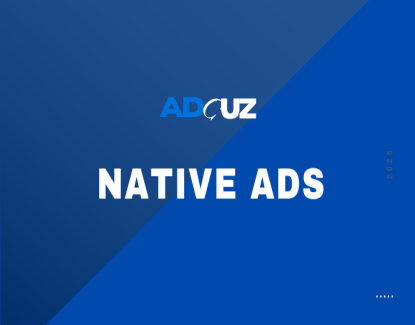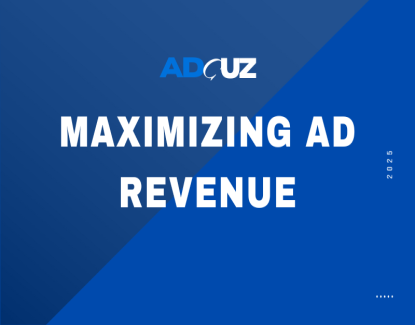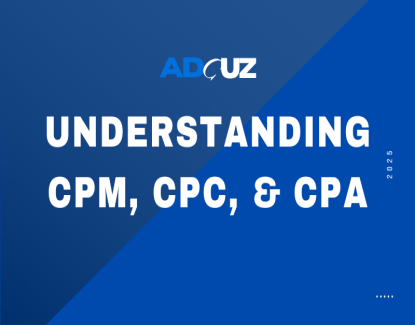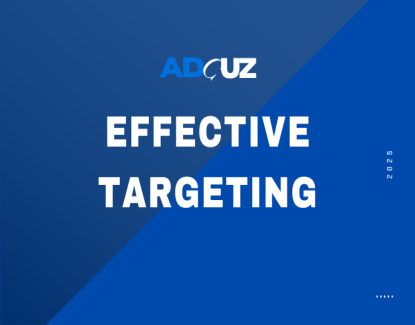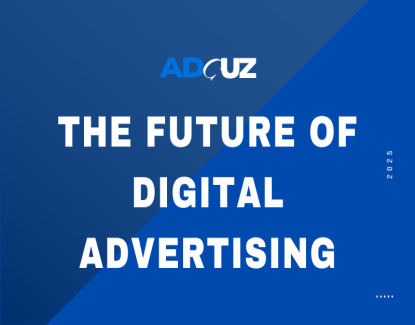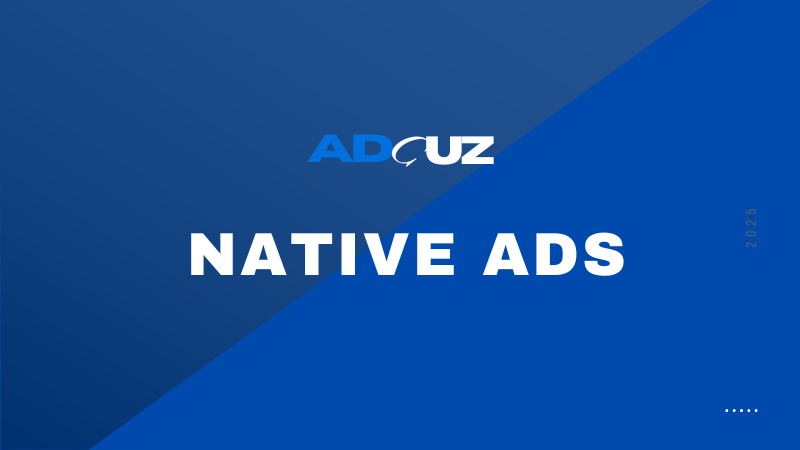
- 22 Feb 2025
The Power of Native Ads: Why They Work Better
Unlike traditional banner ads, native ads blend seamlessly with your website’s content, making them less intrusive and more engaging for users. Studies show that native ads have higher click-through rates and better conversion rates compared to display ads. In this article, we discuss why native advertising is the future, how it improves user experience, and how you can integrate native ads effectively to increase revenue while maintaining a clean website design.
What Exactly Is a Native Ad?
At its core, a native ad is a paid advertisement that matches the look, feel, and function of the media format in which it appears. Instead of being a separate, disruptive element (like a pop-up or a flashing banner), it becomes an organic part of the user's experience.
This approach is a direct response to a phenomenon known as "ad fatigue" or "banner blindness," where users have become so accustomed to ignoring intrusive ads that they are no longer effective. Native ads overcome this by providing value and context, presenting themselves as useful, relevant content rather than a sales pitch.
The Different Types of Native Ads
Native advertising isn't a single format; it's a broad category that includes several distinct types, each designed for a specific context.
In-Feed Ads: These are the most common type, appearing within a content feed on a website or social media platform. A sponsored post on Facebook, an article recommendation on a news site, or a promoted pin on Pinterest are all examples of in-feed native ads. They mimic the style of surrounding posts, making them feel like a natural part of the browsing experience.
Sponsored Content (or Branded Content): This is a long-form native ad that takes the form of a full article, video, or infographic created by a brand but hosted on a publisher's site. A well-known example is when a news publication's in-house content studio creates an article or documentary-style video for a brand, such as a collaboration between National Geographic and DHL on a story about conservation.
Content Recommendation Widgets: These are the "You might also like..." or "From around the web" sections you see at the bottom of many articles. While some of the recommendations are for the publisher's own content, others are native ads from third-party advertisers. These are often powered by platforms like Outbrain or Taboola.
Search and Promoted Listings: Think of the ads that appear at the top of a Google search results page or sponsored product listings on e-commerce sites like Amazon. These are native because they match the format and context of the surrounding organic search results or product listings.
Why Native Ads Drive Better Results
The success of native advertising comes down to three key factors: relevance, user experience, and trust.
They are Less Disruptive: By blending in, native ads don't interrupt the user's flow. This non-intrusive nature makes them less likely to be ignored or blocked, leading to higher viewability and engagement.
Increased Engagement and Click-Through Rates (CTR): Studies have consistently shown that native ads perform significantly better than traditional display ads. The average CTR for native ads is often four times higher than that of standard banner ads, and they are proven to increase purchase intent.
They Build Trust: When a native ad provides genuinely useful or entertaining content, it fosters a positive association with the brand. Consumers feel they are being educated or entertained, not just sold to. The ethical, high-quality nature of well-executed native ads can actually increase consumer trust in both the publisher and the advertiser.
Best Practices for Integrating Native Ads Effectively
For publishers looking to integrate native ads and advertisers looking to create them, a successful campaign hinges on best practices that prioritize user trust and transparency.
Maintain Transparency with Clear Disclosures: This is arguably the most critical rule. While the ad should look native, it must be disclosed as paid content. Use clear, prominent labels like "Sponsored," "Promoted," "Advertisement," or "Partner Content." Vague terms can confuse users and damage your reputation.
Match the Tone and Style: The content of the native ad should align with the publication's voice and the interests of its audience. An ad about financial planning on a tech news site, for instance, should be presented as an informative article on tech startups, not a hard sales pitch for a generic service.
Deliver High-Quality, Valuable Content: The ad must provide real value to the reader. Whether it’s an entertaining video, an informative article, or an interactive quiz, the content must be interesting enough to justify the user's click and time.
Ensure a Seamless Landing Page Experience: The user experience doesn't end with the click. The landing page for the native ad must continue the same style, tone, and quality of the ad itself. An inconsistent experience can lead to high bounce rates and wasted ad spend.
Adhere to Regulatory Guidelines: Organizations like the FTC have specific guidelines that require a clear distinction between paid content and editorial content. Following these rules is essential for maintaining both consumer trust and legal compliance.
The Future is Native
As consumers become more sophisticated and ad-blocking technology becomes more prevalent, traditional, disruptive advertising is losing its effectiveness. Native advertising, with its focus on relevance, user experience, and trust, is not just a trend—it's an evolution in how brands connect with their audiences. By embracing native ads and following best practices for transparency and quality, publishers can create a sustainable revenue stream and advertisers can build stronger, more meaningful relationships with their customers.

